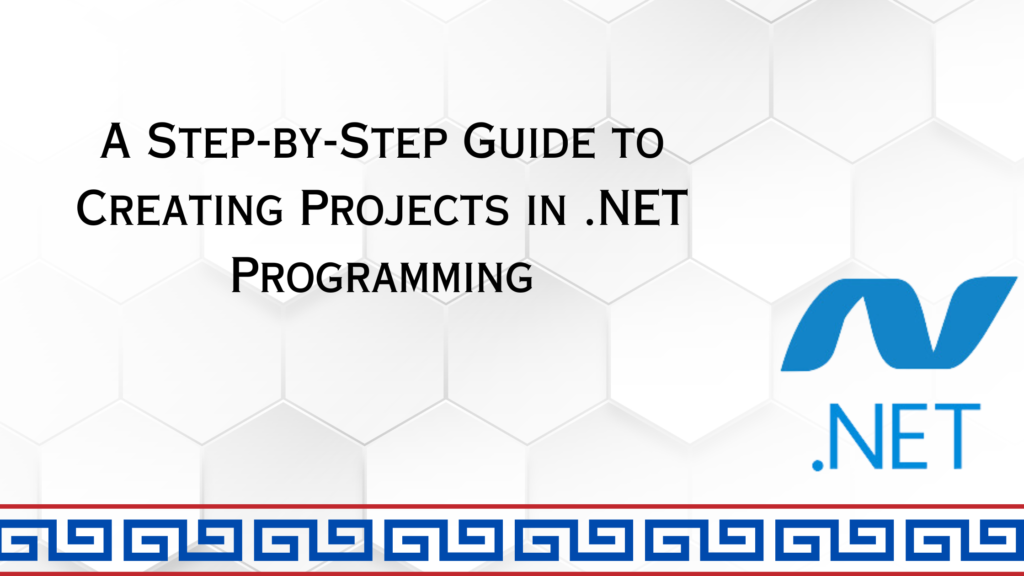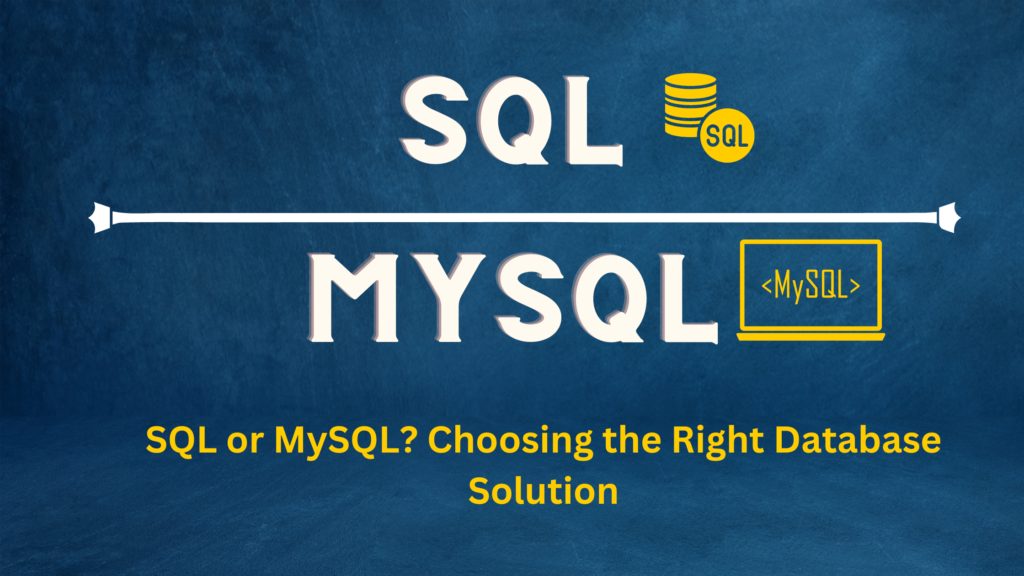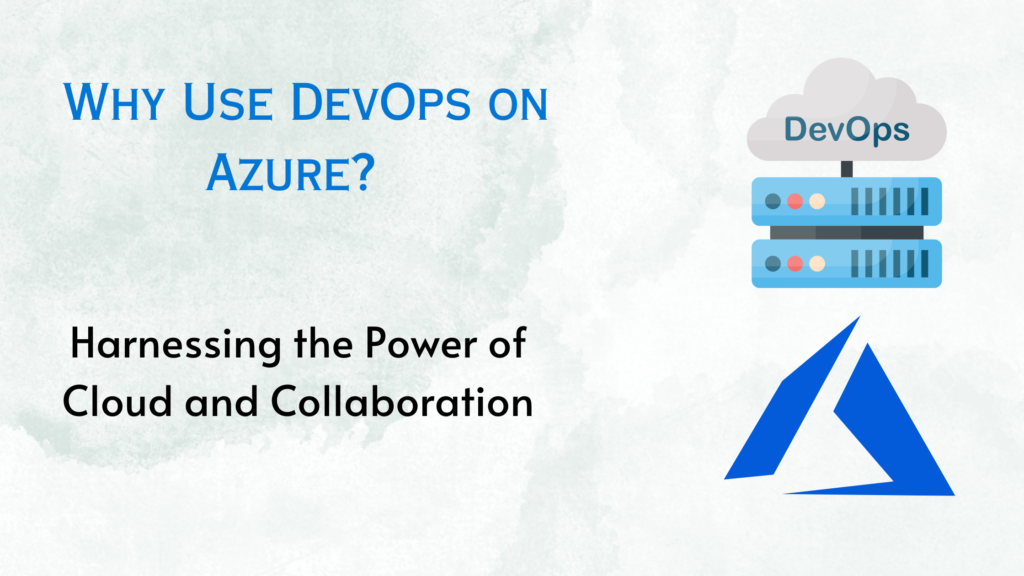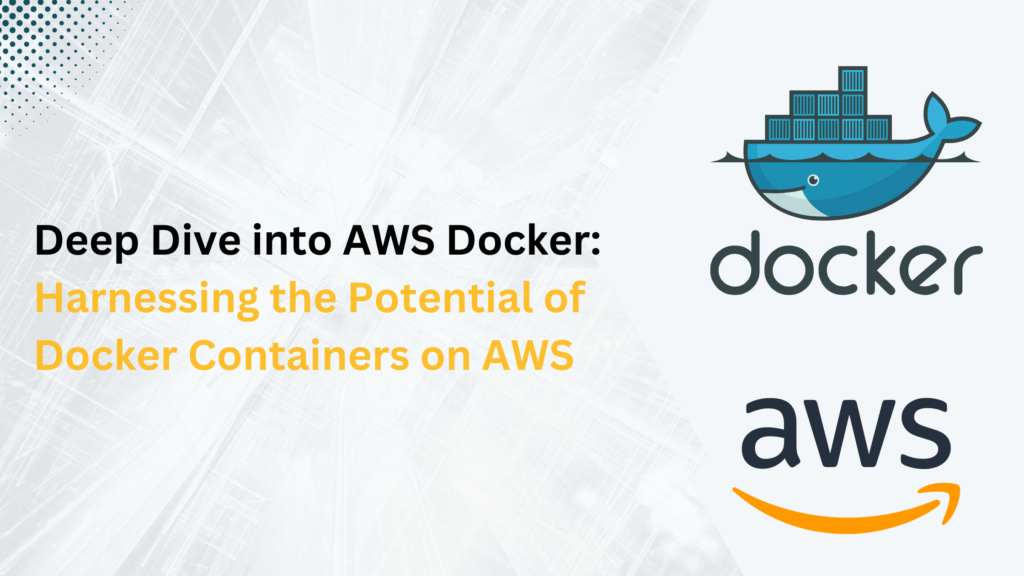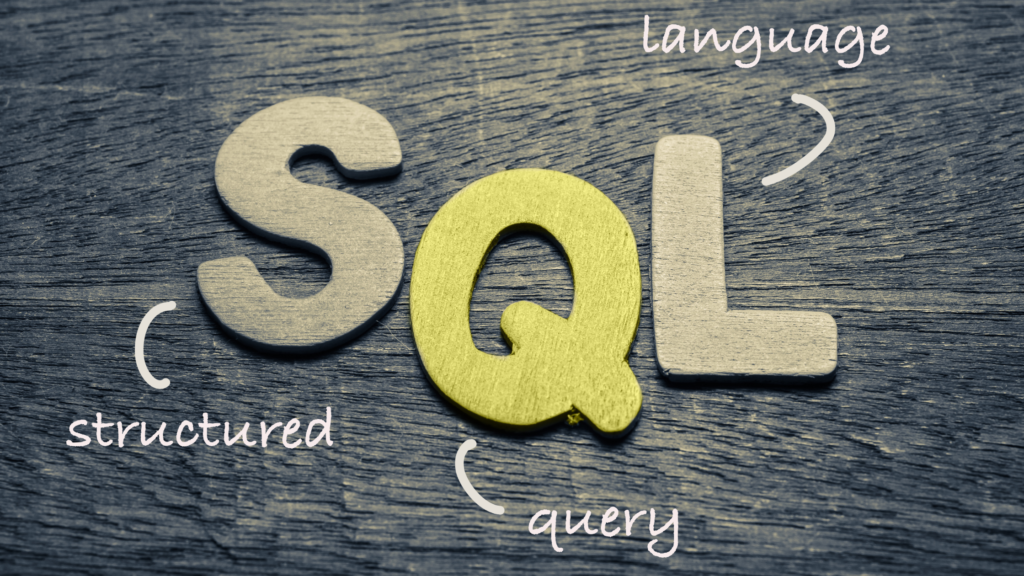Learn Tableau: 10 Tips to Kickstart Your Journey

Introduction: Tableau is a powerful data visualization tool that empowers users to uncover insights and communicate data-driven stories effectively. If you’re new to Tableau and eager to get started, these 10 tips will provide you with a solid foundation and help you embark on your Tableau learning journey.
- Understand the Purpose of Data Visualization:
- Familiarize yourself with the importance of data visualization in conveying complex information in a clear and concise manner. Understand how visual representations can enhance data comprehension and aid decision-making processes.
- Get Acquainted with Tableau’s Interface:
- Take some time to explore Tableau’s user-friendly interface. Familiarize yourself with the various components, such as the data pane, worksheet, and dashboard, to understand how they come together to create visualizations.
- Learn the Basics of Connecting Data:
- Start by connecting Tableau to a data source of your choice. Practice importing data from spreadsheets or connecting to databases to understand the process of bringing data into Tableau.
- Master the Art of Drag-and-Drop:
- Tableau’s drag-and-drop functionality is a powerful feature that allows you to create visualizations quickly. Practice dragging fields to the desired shelves and observing how Tableau dynamically updates the visual representation.
- Experiment with Different Chart Types:
- Tableau offers a wide range of chart types to choose from. Experiment with bar charts, line graphs, scatter plots, maps, and more to understand how each type represents data and when to use them effectively.
- Utilize Tableau’s Show Me Feature:
- Take advantage of Tableau’s “Show Me” feature, which recommends the most suitable chart types based on the data fields selected. This feature can be a valuable guide for beginners in selecting appropriate visualizations.
- Explore Tableau’s Calculation Functions:
- Tableau provides a robust set of calculation functions to perform advanced data analysis. Familiarize yourself with basic calculations, aggregations, and logical functions to manipulate and derive insights from your data.
- Customize Visualizations:
- Tableau offers a range of customization options to enhance the visual appeal of your dashboards and visualizations. Experiment with color schemes, labels, tooltips, and formatting to create visually engaging and informative presentations.
- Learn to Filter and Drill Down:
- Practice applying filters to your data to focus on specific subsets and gain more granular insights. Understand how to drill down into data hierarchies and explore details at different levels of aggregation.
- Engage with the Tableau Community:
- Join Tableau’s online community, participate in forums, and connect with other Tableau enthusiasts. Engaging with the community will allow you to learn from experienced users, seek guidance, and find inspiration for your own projects.
Conclusion: Learning Tableau is an exciting journey that opens up a world of possibilities in data visualization and analysis. By following these 10 tips, you’ll gain the necessary skills and confidence to navigate Tableau’s interface, create compelling visualizations, and effectively communicate insights from your data. So, dive in, explore, and let your creativity flourish as you embark on your Tableau learning adventure!


